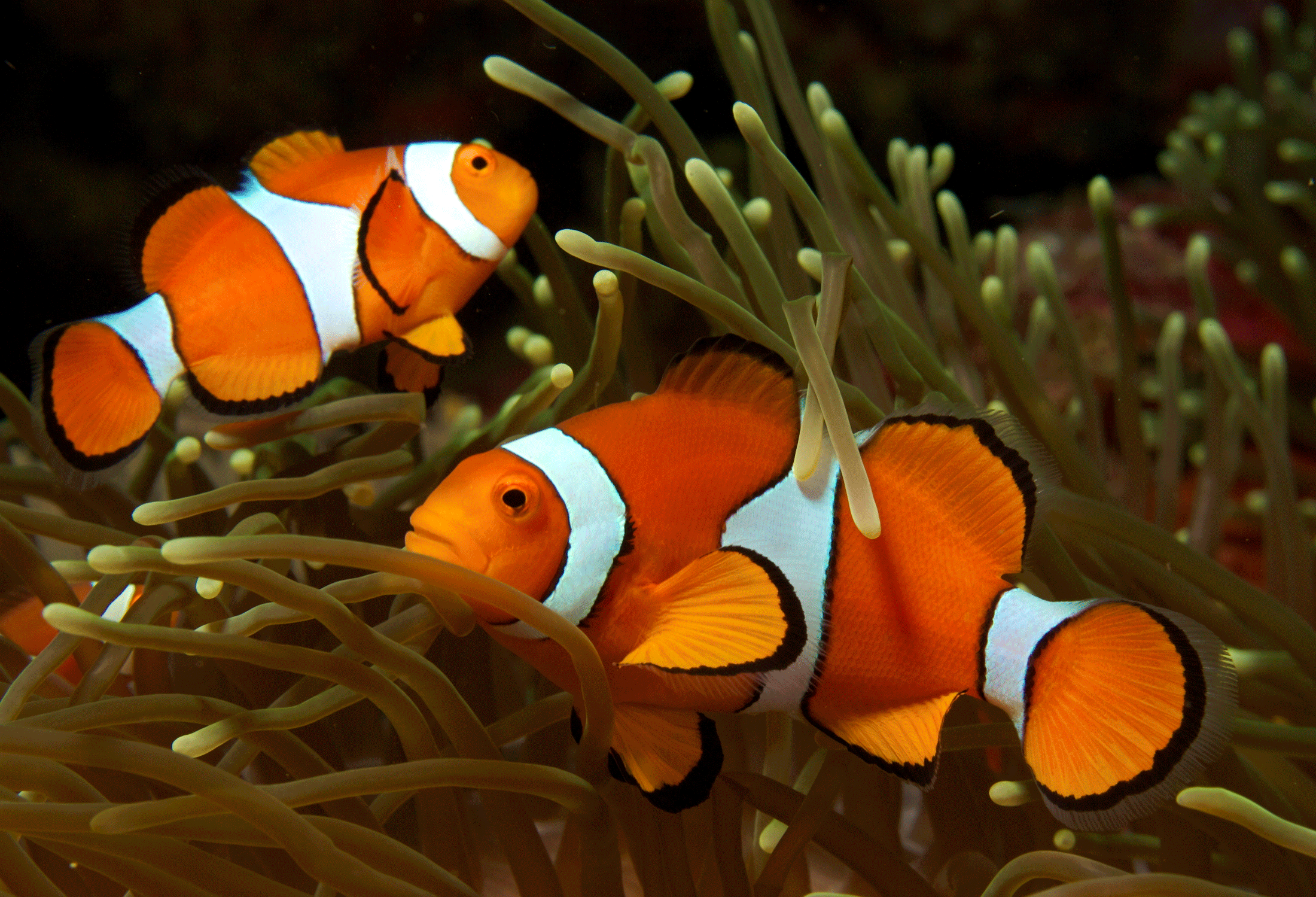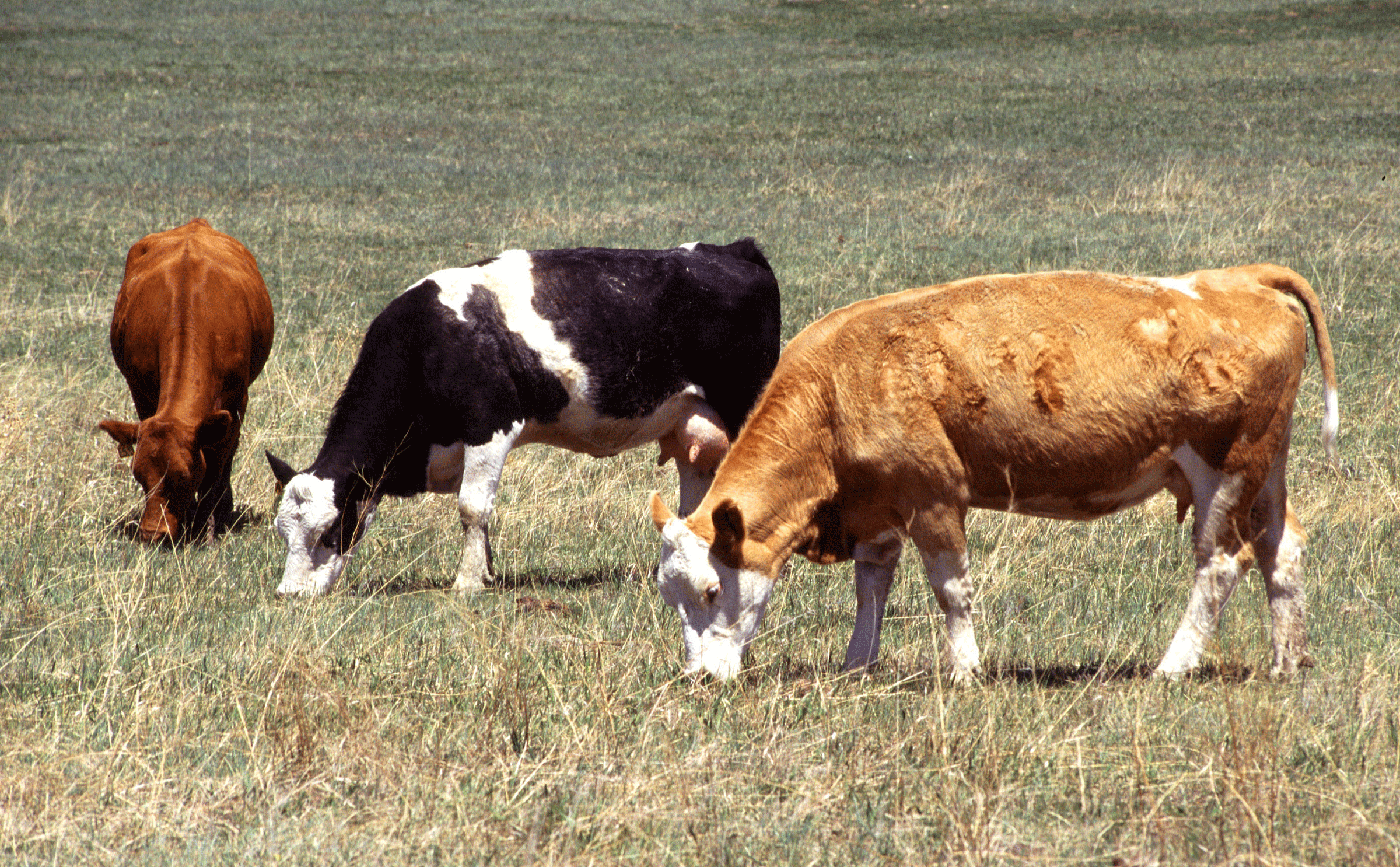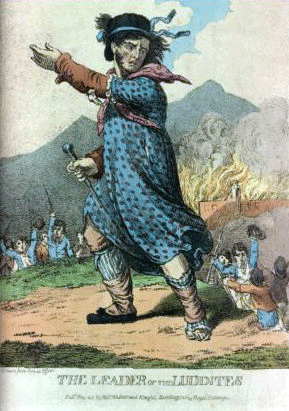Beyond the Headlines
Air Date: Week of April 18, 2014

Clown fish in Papua New Guinea (photo: Nick Hobgood, Creative Commons 3.0)
In this week’s trip beyond the headlines, Peter Dykstra tells host Steve Curwood that ocean acidification seems to alter a fish’s sense of smell, and examines the origins of the word Luddite.
Transcript
CURWOOD: Time now to voyage beyond the headlines now with Peter Dykstra. He's the publisher of Environmental Health News, EHN.org, and DailyClimate.org and joins us as usual on the line from Conyers, Georgia. Hi there, Peter.
DYKSTRA: Well, hi there. Riddle me this, Steve: How do you get a fish not to smell?
CURWOOD: Let’s see. Uh, the refrigerator?
DYKSTRA: Well, if they’re still in the ocean, fish apparently can’t smell as well if they’re in acidified waters.
CURWOOD: OK. Tell me, Peter. How do you get ocean fish to do a sniff test?
DYKSTRA: Well, here’s something that was just published in the journal Nature Climate Change, our reporter Brian Bienkowski wrote up a summary of the research. Scientists from Australia and the U.S. studied reef fish near Papua New Guinea. And fish living in naturally acidic waters near volcanic seeps behaved differently in the study than fish in more chemically normal water.
CURWOOD: Well, if I were a fish near volcanic vent I think I might be a bit more careful.
DYKSTRA: Well, first of all, Steve, you’re not a fish, and actually the acidity makes them less careful, according to this research. They didn’t avoid their predators’ smell, the fish didn’t hide themselves for nearly as long. The scientists say there weren’t fewer fish in the more acidic water, just fish that behaved differently.
CURWOOD: But as more carbon goes into the atmosphere making ocean waters more acidic, this could be another huge impact then of global harming. What else do you have?
DYKSTRA: Well, you know, people concerned about climate change spend a lot of mental energy worrying about coal, and oil, and gas and other greenhouse gas producers, but nobody ever gets worked up over cows. Well, Steve, that’s why the Innovation Center for U.S. Dairy - and here I go in my best radio voice - is developing the Cow of the Future.
CURWOOD: Oh, get out.
DYKSTRA: No, it’s for real. The Innovation Center is funded by the dairy industry. It partners with groups like the World Wildlife Fund, and one of their biggest projects is to reduce methane emissions from cows. Of course, there are almost 90 million cows in the United States, and methane is a much more potent greenhouse gas than carbon dioxide.

Dryland grazing on the Great Plains in Colorado. Each cow on a pasture can emit about 350 liters (230 grams) of methane per day. (photo: US Department of Agriculture)
CURWOOD: Peter, I think I know the answer to this, but why don’t you give us the poop on cows and methane?
DYKSTRA: Well, I don’t want to bring the FCC down on you for indelicate language, but let’s just say that cows have tailpipes, too. And they burp, and they poop, and they’re associated with farm equipment that contributes its own emissions. The Innovation Center has a goal of reducing cows’ carbon hoofprint by 25 percent in the next few years, partly by making dairy farming more efficient.
CURWOOD: But I see a little red flag here. When you hear “more efficient” farming, it often means more factory farms, which have their own environmental baggage and the cows don’t much like them either.
DYKSTRA: Yeah, you may be right that there’s a huge contradiction there, but the industry says they’re working on strategies to recover biogas from dairy farms, meaning from cows, instead of just releasing it. So we’ll see what happens.
CURWOOD: OK, Peter. What do you have on the calendar for us this week?
DYKSTRA: Well, I was thinking about one of the insults that’s often hurled at environmental advocates. They’re called “luddites.” The problem here is, I’m not sure that many of the people involved in this, including the accusers, have any idea what the name “luddite” means, or where it comes from.
CURWOOD: You have the floor...
DYKSTRA: Let’s journey back to about 1812. The Luddites were a group mostly of artisans and craftsmen. Their skills were less needed as the industrial revolution started up and mills began to take over their work. When the Luddites got mad, they attacked the mills. They burned and wrecked new machinery. But both the high and low point for the Luddite movement was 202 years ago this week, 1,000 of them got together they massed to destroy a mill, but they were driven back by an even bigger group gathered to protect the mill, and in the battle two Luddites died.
CURWOOD: And so where does the name come from?

“Leader of the Luddites” (photo: Published in May 1812 by Messrs. Walker and Knight, Sweetings Alley, Royal Exchange)
DYKSTRA: It comes from Ned Ludd. There’s a dispute whether or not Ned Ludd really existed, but he ended up having thousands of followers. He was said to be a teenager, sometimes described as a “dull-witted” teenager. He allegedly smashed a textile loom and started a movement. Dull-witted Ned became known eventually as “King Ludd” or “Captain Ludd” as the legend grew. Oh, and by the way, some of the stories say he lived in Sherwood Forest in Nottingham.
CURWOOD: So he shared mythological turf with Robin Hood, huh?
DYKSTRA: Yeah, and they both lived in a part of England that apparently had chronic law enforcement problems and lousy Sheriffs.
CURWOOD: Anything else before you go, Peter?
DYKSTRA: Just wanted to give a shout out to two environmental journalism colleagues, Dan Fagin wrote a tremendous book called “Tom’s River” that won the Pulitzer for nonfiction. Chris Hamby from the Center for Public Integrity did a great investigative series - it also won a Pulitzer. He reported on coal miners and black lung disease.
CURWOOD: And congratulations to them both. Peter Dykstra is publisher of Environmental Health News and the DailyClimate.org. Thanks so much for taking the time today, Pete.
DYKSTRA: Thanks a lot, Steve. We’ll talk to you soon.
Links
Living on Earth wants to hear from you!
Living on Earth
62 Calef Highway, Suite 212
Lee, NH 03861
Telephone: 617-287-4121
E-mail: comments@loe.org
Newsletter [Click here]
Donate to Living on Earth!
Living on Earth is an independent media program and relies entirely on contributions from listeners and institutions supporting public service. Please donate now to preserve an independent environmental voice.
NewsletterLiving on Earth offers a weekly delivery of the show's rundown to your mailbox. Sign up for our newsletter today!
 Sailors For The Sea: Be the change you want to sea.
Sailors For The Sea: Be the change you want to sea.
 The Grantham Foundation for the Protection of the Environment: Committed to protecting and improving the health of the global environment.
The Grantham Foundation for the Protection of the Environment: Committed to protecting and improving the health of the global environment.
 Contribute to Living on Earth and receive, as our gift to you, an archival print of one of Mark Seth Lender's extraordinary wildlife photographs. Follow the link to see Mark's current collection of photographs.
Contribute to Living on Earth and receive, as our gift to you, an archival print of one of Mark Seth Lender's extraordinary wildlife photographs. Follow the link to see Mark's current collection of photographs.
 Buy a signed copy of Mark Seth Lender's book Smeagull the Seagull & support Living on Earth
Buy a signed copy of Mark Seth Lender's book Smeagull the Seagull & support Living on Earth

